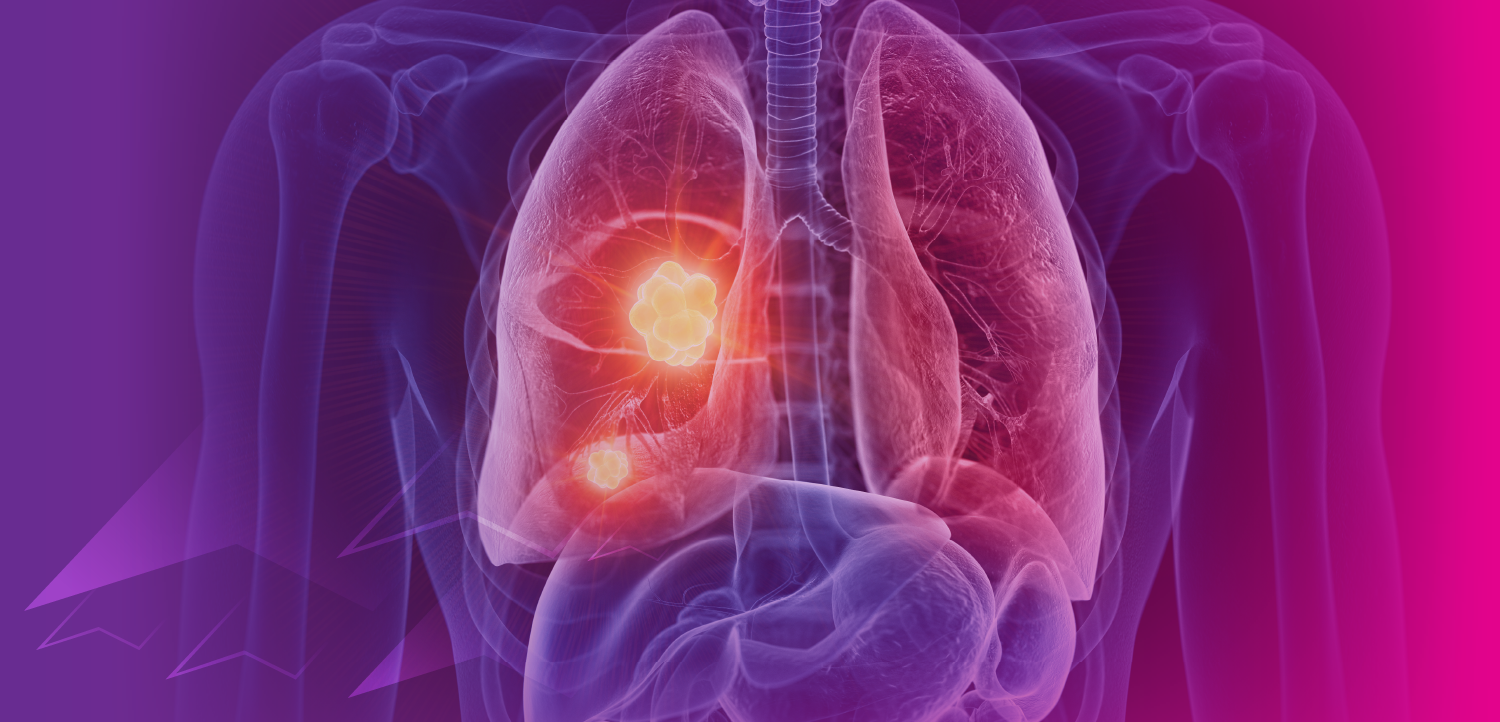Amyloid imaging and spinal fluid protein help diagnose Alzheimer’s disease
Beta amyloid protein in cerebrospinal fluid may be a viable biomarker for Alzheimer’s disease. The protein along with PET imaging may also help increase diagnostic specificity by distinguishing between various types of dementia, according to a study by a multidisciplinary team.
Beta amyloid protein in cerebrospinal fluid may be a viable biomarker for Alzheimer's disease. The protein along with PET imaging may also help increase diagnostic specificity by distinguishing between various types of dementia, according to a study by a multidisciplinary team.
Previous research in AD mouse models has shown that greater amounts of amyloid-containing plaques in the brain are associated with lower levels of a specific protein fragment, beta amyloid 42 (Aβ42), in cerebrospinal fluid.
A study from Washington University School of Medicine and the University of Pittsburgh is the first to demonstrate in humans the same inverse relationship between Aβ42 in the brain and in CSF. It appeared online Dec. 21 in the Annals of Neurology.
Anne M. Fagan, Ph.D., and colleagues recruited 24 individuals from the Alzheimer Disease Research Center at WUSM. Investigators were blinded to the cognitive status of the participants: 18 normal, three very mildly demented, two mildly demented, and one moderately demented. Four of the demented individuals were diagnosed as having dementia of the Alzheimer's type, while two were affixed a non-AD dementia status.
Participants underwent PET imaging using the radiotracer Pittsburgh compound B (PIB), which binds to amyloid plaques in the brain. They also underwent lumbar puncture for samples of CSF.
Individuals fell into two nonoverlapping groups, according to Fagan. Seven participants with positive PIB binding had the lowest levels of CSF Aβ42, and 17 subjects with negative PIB binding had the highest levels of CSF Aβ42. Researchers found no relationship to PIB binding and other CSF measures.
In positive cases, prominent binding of PIB was observed in several regions, including the prefrontal cortex, precuneus, and temporal cortex. The cerebellar cortex and brain stem white matter, however, showed little to no specific binding, a pattern consistent with the initial PIB study in AD brain, according to the study.
An interesting finding was that three out of the seven positive PIB scans (with corresponding low values of Aβ42) were cognitively normal, Fagan said. The hypothesis is that these subjects have preclinical AD, and they will be followed over time to see if they develop dementia.
"If they do develop AD, it would mean that we have a way to screen individuals for the presence of AD pathology before the appearance of clinical symptoms," said Fagan, a research associate professor of neurology at WUSM.
Once AD pathology is apparent, the brain has already suffered substantial neuronal damage. But if clinicians could find specific signs of preclinical AD before the start of neuronal death, treatment would be much more efficacious, she said.
The cognitively normal individuals with positive PIB scans cannot be informed of these results, Fagan said, because PIB is experimental and not considered diagnostic.
While the aggregate of AD patients have lower values of CSF Aβ42 and nondemented individuals have higher levels, the scatter plot has overlap between the two groups. Consequently, Aβ42 levels are not presently useful for individual diagnosis.
The study revealed signs, however, that Aβ42 levels in conjunction with PIB-PET may increase specificity in diagnosing dementia. At the time of recruiting, clinicians believed that the impairment of two subjects diagnosed as very mildly demented might be due to AD.
Another clinician a year later, blinded to the PIB results, determined the impairment was not due to AD, but rather to frontotemporal dementia in one subject and possible abuse of sleeping pills in the other. Interestingly, both subjects' PIB scans were negative (amyloid plaques are not associated with frontotemporal dementia), and their CSF Aβ42 values were in the normal to high range, Fagan said.
"It was such a small study, but we got a lot of information," she said. "We'll have to conduct larger studies to validate these results."
For more information from the Diagnostic Imaging archives:
Newsletter
Stay at the forefront of radiology with the Diagnostic Imaging newsletter, delivering the latest news, clinical insights, and imaging advancements for today’s radiologists.





























